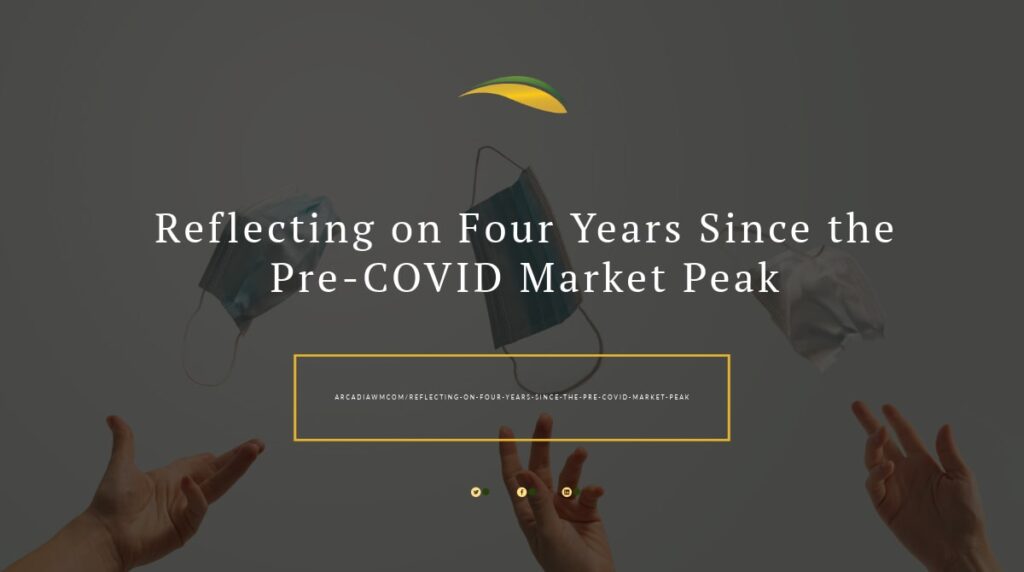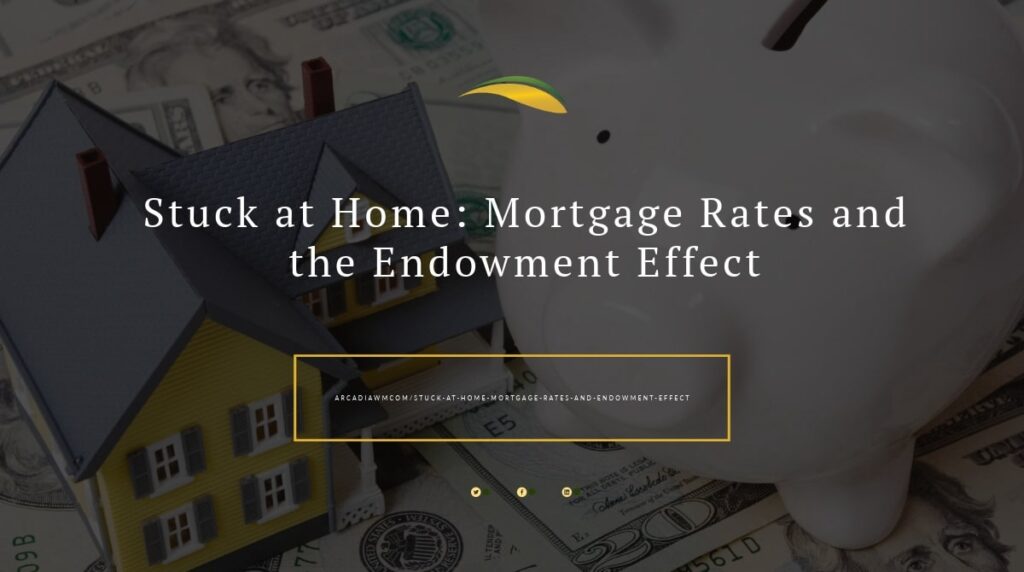In a 1974 episode of the TV sitcom “All in the Family,” Archie Bunker gleefully tells his wife Edith, daughter Gloria and son-in-law Michael about his union’s labor settlement in a time of high inflation.
Edith: “Archie, did you get a good raise?”
Archie: “Edith, a three-year contract with 15%.”
Michael: “Arch, what about the cost-of-living escalator clause?”
Archie: “The hell with the escalator, we’re on firm ground with 15%. Now don’t make me mad!”
After Archie and Edith leave the room, Michael tells Gloria, “I didn’t want to spoil his happy moment, but he isn’t any better now than before … Remember reading in the paper that the cost of living went up 12% last year? Next year it’s going up another 8%. That’s 20%. Archie thinks that he’s 15% ahead, but he’s already 5% behind.”
What Is Money Illusion?
Money illusion refers to the failure to distinguish dollars framed as “nominal” from those framed as “real,” that is, after inflation. For example, a 15% increase in nominal annual salary from $100,000 to $115,000 is a 5% decrease in real annual salary from $100,000 to $95,000 when the annual inflation rate is 20%.
Framing money in nominal terms is easier on the mind because it does not require knowledge of inflation rates and how to use them to convert nominal dollars into real ones.
Ask yourself, why does the Federal Reserve (Fed) aim for a 2% annual inflation rate? Why not aim for zero inflation, keeping the dollar fixed in value?
The answer is that the Fed relies on money illusion —perhaps to mislead us, perhaps to benefit us, or perhaps to benefit us by misleading us. Illusions in a movie entertain us as we watch Superman fly, even though we know that not even Superman can fly.
Framing in the Money Illusion
Nominal dollars are like cereal boxes. We assume that the size of a cereal box is fixed and that the value of a dollar is fixed. We might be misled by cereal illusion to overlook a 2% cut in the size of a cereal box, as we are misled by money illusion to overlook a 2% inflation rate.
When inflation is at 2%, money illusion misleads us to perceive a nominal 5% raise as a real 5% raise, not as a real 3% raise, making us feel that we are moving fast ahead. And the same money illusion misleads us to perceive a nominal 2% raise as real 2% raise, not a real zero raise, making us feel that we are moving forward rather than standing in place.
Our attention to differences between framing money in nominal and real terms increases when inflation rates are high —dominating headlines, as it is now —and when our attention is drawn to it, as psychologists EldarShafirand Amos Tversky and economist Peter Diamond demonstrated in their 1997 study on money illusion.1
Participants in the study read about the case of Ann and Barbara:
Consider two individuals, Ann and Barbara, who graduated from the same college a year apart. Upon graduation, both took similar jobs with publishing firms.
Ann started with a yearly salary of $30,000. During her first year on the job, there was no inflation, and in her second year, Ann received a 2% ($600) raise in salary.
Barbara also started with a yearly salary of $30,000. During her first year on the job, there was a 4% inflation, and in her second year, Barbara received a 5% ($1,500) raise in salary.
Ann received 2% raise in both nominal and real terms, as there was no inflation that year, whereas Barbara received 5% raise in nominal terms but only a 1% raise in real terms, as there was 4% inflation that year.
One group of study participants was asked to evaluate the situations of Ann and Barbara in terms of happiness: “As they entered their second year on the job, who do you think was happier?”
Another group was asked to evaluate the situations of Ann and Barbara in terms of economics: “As they entered their second year on the job, who was doing better in economic terms?”
When evaluating the women’s situations in terms of happiness, most people said that Barbara, who received a 5% nominal raise but only a 1% real raise, was happier than Ann, who received a 2% nominal and real raise.
But when alerted to evaluate the situations in economic terms, most people said that Ann was doing better, receiving a 2% raise in real terms, higher than Barbara’s 1% in real terms, implying that drawing attention to economic terms served to overcome money illusion.
Lessons for Advisors and Their Clients
Advisors may serve clients well by helping them overcome the trap of money illusion, drawing attention to the differences between nominal dollars and real ones, nominal prices and real ones, and nominal yields and real ones.
For example, in 2020, investors complained about the low yields on their U.S. Treasury bills and money market funds, only 0.37%. They should have complained instead about their negative real yields, -0.79%, as the low nominal yields on Treasury bills were lower than the inflation rate.2
In 1979, the nominal yield on Treasury bills was 10.65%, and the rate of inflation was 12.26%, implying a negative 1.61% real yield. Yet, investors were not complaining about low yields in 1979.3
In 2020, however, investors were misled by money illusion, comparing the low 0.37% nominal yield of 2020 to the high 10.65% in 1979 while neglecting to note that the real yield in 2020, while negative, was higher than in 1979.
Moreover, 1979 investors paid higher taxes on a 10.65% yield than 2020 investors paid on their 0.37% yield. Investors tend to overlook this 2020 tax balm.
High inflation in 2021 and 2022 frightened investors and alerted them to the difference between nominal and real yields.
Inflation was 6.94% in 2021, exceeding by 6.84% the 0.10% Treasury bill rate. And inflation was 5.80% in 2022, exceeding by 3.00% the 2.80% Treasury bill rate. Still, the gap between nominal and real yields is declining.4
So far in 2023, through April, the annual inflation rate has dropped to 4.90% exceeding the 4.75% Treasury bill rate by only 0.15%.5
Endnotes
- Eldar Shafir, Peter Diamond and Amos Tversky, “Money Illusion,” Quarterly Journal of Economics 112, No. 2(1997): 341-374.
- Federal Reserve Bank of St. Louis, FRED Economic Data, “Market Yield on U.S. Treasury Securities at 1-Year Constant Maturity.”
- Federal Reserve Bank of St. Louis, FRED Economic Data, “Market Yield on U.S. Treasury Securities at 1-Year Constant Maturity” and “Consumer Price Index for All Urban Consumers.”
- Ibid.
- Trading Economics, “United States Inflation Rate,” April 2023.
Download a PDF of this article
Download the June 2023 Market Review
This article was provided by Avantis Investors and we have been given permission to share this information with our clients and potential clients.







